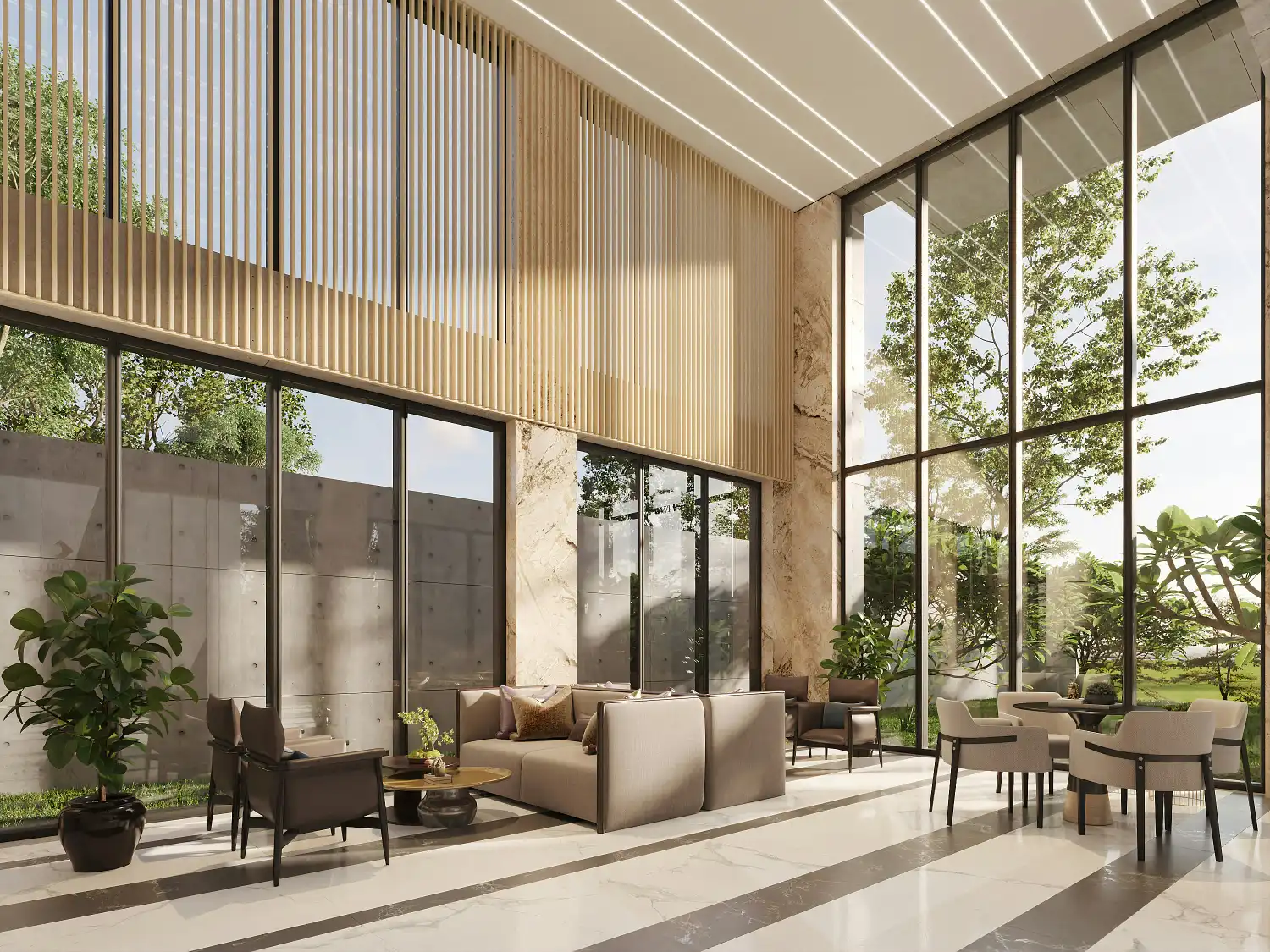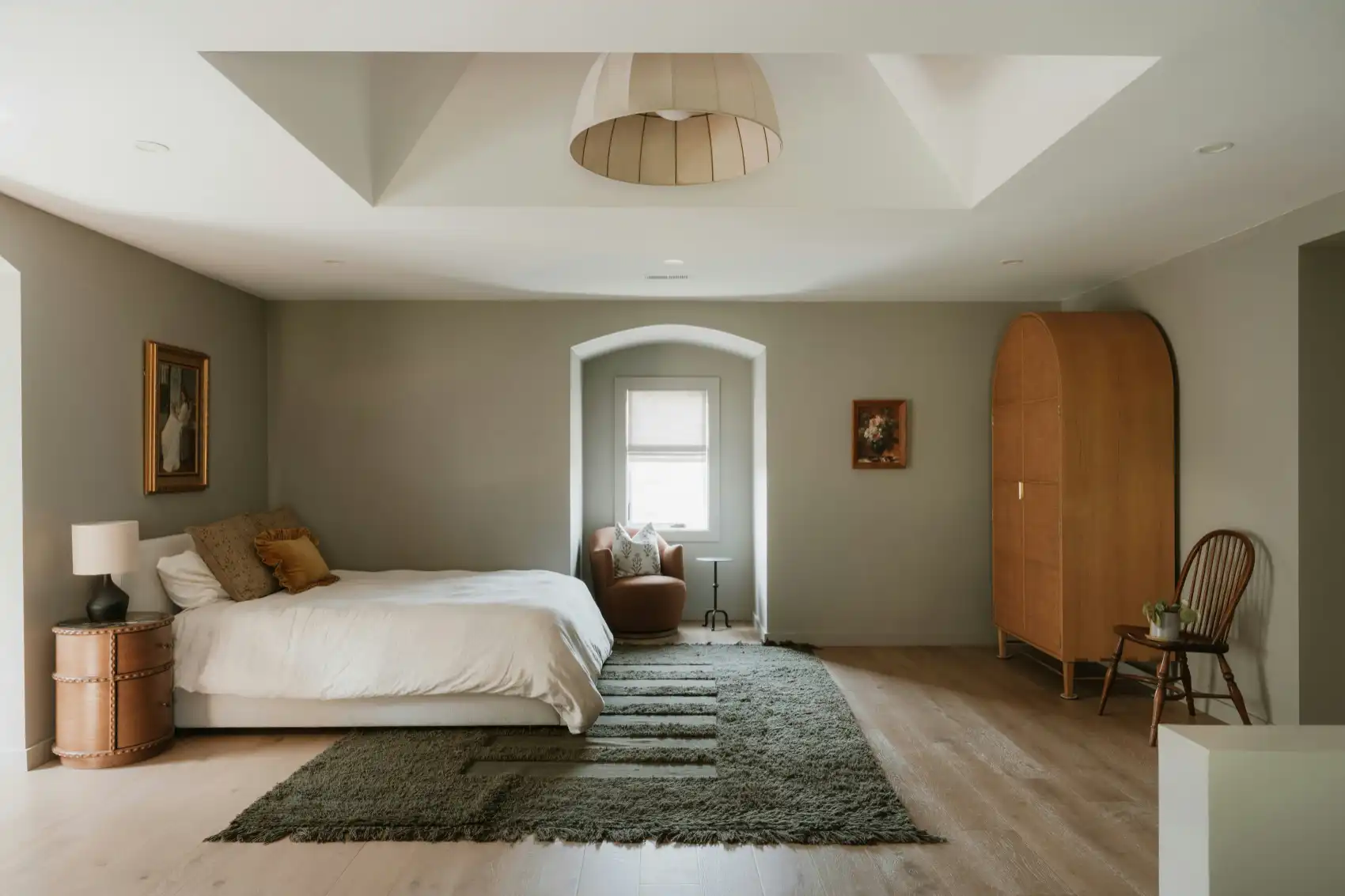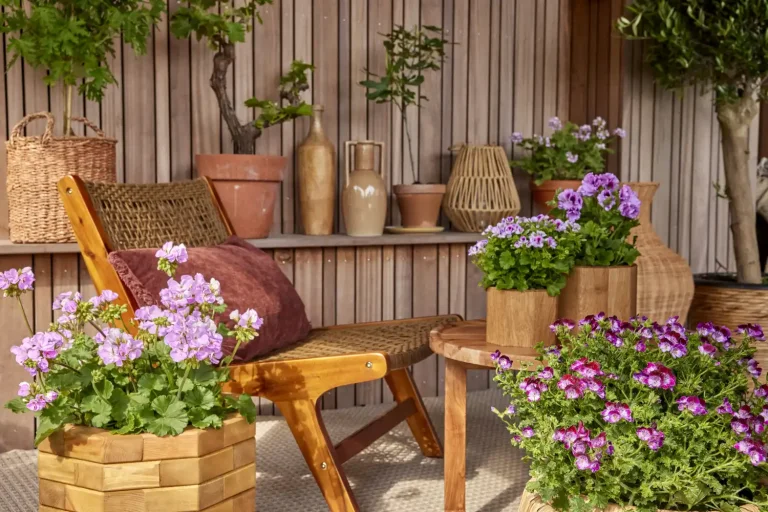How to Increase Airbnb Bookings: 6 Simple Steps to Success
The difference between struggling hosts and top-earning Superhosts isn't luck or location; it's strategy. The most successful hosts understand, having a "nice" property isn't enough to maximize bookings and revenue.
This guide will provide a roadmap to increase Airbnb bookings, from quick foundational tweaks to game-changing investments for market dominance. Whether you're a new host building momentum or an experienced operator breaking through a plateau, these strategies will help you attract more guests, command higher rates, and build a standout property.
Are you ready to transform your Airbnb from underperforming to fully booked? Let's dive into the strategies that separate amateur hosts from professional, profit-maximizing operators.
6 Steps to Increase Airbnb Bookings
The 6 steps to increase Airbnb bookings are:
1. Nail Your Pricing Strategy
The fastest way to leave money on the table is a "set it and forget it" pricing strategy. Your goal should be finding the balance between occupancy rate and Average Daily Rate (ADR), the average price per night. This balance is different for every property and market and requires continuous refinement.
- Embrace Dynamic Pricing: Static pricing is outdated. Your rates should fluctuate based on demand, seasonality, day of the week, and local events. Airbnb's Smart Pricing tool can be a starting point, but it underprices properties to prioritize booking volume. For hosts looking to maximize Airbnb revenue, third-party tools like PriceLabs, Wheelhouse, or Beyond Pricing offer algorithms that can increase your annual revenue by 15-40% compared to static pricing.
- Analyze Your Competition: Understanding your competitive landscape is essential for optimal pricing. Identify 5-10 comparable listings in your area with similar size, amenities, and review scores. What are they charging? How full are their calendars? This research will help identify pricing opportunities and demand trends. Pay attention to properties with high occupancy rates during slow periods; they're doing something right.
- Use Strategic Discounts: Discounts are powerful psychological tools. Length-of-stay discounts (weekly 10-15%, monthly 25-40%) can significantly increase your Airbnb occupancy rate by incentivizing longer bookings that reduce turnover costs. Last-minute discounts (3-7 days out) can fill empty nights, but excessive discounting trains guests to wait for price drops and devalues your property.
2. Optimize Your Listing for Maximum Clicks and Conversions
Your Airbnb listing is your digital storefront in a marketplace of thousands. It needs to grab attention and convert browsing travelers into paying guests. Every section of your listing plays a crucial role in this process.
Craft a Compelling Title
Your title is your headline; you have seconds to make an impression. Generic titles like "2BR Condo in Downtown" waste an opportunity to stand out. Instead, highlight your property's best features and target your ideal guest.
"2BR Condo in Downtown" -> "Modern 2BR Loft w/ Rooftop Deck | Walk to Convention Center"
"Cozy Cabin in the Woods" -> "Secluded Luxury Cabin | Hot Tub + Mountain Views | 5 Min to Ski Resort"
Notice how the improved titles create a clear mental image and highlight key selling points that justify premium rates.
Write a Story, Not a List
Your description should sell an experience, not just a space. Identify your ideal guest: a couple on a romantic getaway, a family with young children, or business travelers. Then craft your description to speak directly to them.
Start with a compelling narrative about the experience they'll have. Then follow with a clean, scannable list of key features. For example:
"This designer condo, perched on the 15th floor with unobstructed ocean views, is your perfect beach retreat. Wake up to stunning sunrises, spend days at the pristine beach steps away, and unwind with a glass of wine on your private balcony as the sun sets over the city skyline."
- 2 bedrooms with premium memory foam mattresses
- Automated blinds on floor-to-ceiling windows
- Fully equipped chef's kitchen with espresso machine
- Beach chairs, umbrellas, and a cooler provided.
Check Every Amenity Box
Many guests use amenity filters, so unchecked boxes mean missed opportunities. Review the complete amenity list. Additions like "self check-in," "laptop-friendly workspace," "EV charger," or "pet-friendly" can increase your visibility to specific guest segments. Even minor amenities like hair dryers or coffee makers can be deal-breakers for certain travelers.
3. Invest in Professional, "Scroll-Stopping" Photography
If you can only improve one aspect of your listing, make it your photos. Photography is the most influential factor in a guest's decision in an increasingly visual platform like Airbnb. According to Airbnb's data, listings with professional photos earn up to 40% more revenue and receive 24% more bookings.
The difference between amateur phone snapshots and professional real estate photography is dramatic. Professionals understand how to use lighting, composition, wide-angle lenses (without distortion), and post-processing to make spaces look their best. They know how to showcase a room's potential while maintaining accuracy.
A complete photo set should include bright, clean shots of every room from multiple angles, detailed shots of unique design features, exterior views, amenities (especially premium ones like pools or hot tubs), and neighborhood highlights within walking distance. The goal is to create images that make potential guests mentally place themselves in your space, enjoying their stay.
Your listing needs [scroll-stopping photos](https://strcribs.com/portfolio). Professional photography is the best way to distinguish your property and justify premium rates in a sea of mediocre listings.
4. Become a Five-Star Communicator
Communication excellence is a hallmark of successful hosts and a key requirement for achieving and maintaining Airbnb superhost status. Great communication builds trust, reduces anxiety, and sets the tone for the guest experience, starting from the initial inquiry.
Airbnb's algorithm rewards quick response times. Hosts responding within an hour see significantly higher booking rates than those who take longer. Aim for a response rate above 90% and an average response time under an hour during waking hours.
Key Communication Touchpoints:
- Booking Confirmation: Send a warm, welcoming message thanking them for choosing your property. This first impression matters.
- Pre-Check-in: 24-48 hours before arrival, send a comprehensive message with the address, access codes, parking information, Wi-Fi password, and any special instructions to reduce anxiety and prevent check-in problems.
- Post-Check-in: A few hours after arrival, send a quick message to ensure everything is satisfactory. This shows attentiveness and allows immediate issue resolution.
- Pre-Checkout: The day before departure, send a friendly reminder of checkout procedures and time. Include information about trash, linens, keys, etc.
These communication touchpoints don't require much time, but they dramatically improve the guest experience and your review scores.
5. Earning 5-Star Reviews
Your property's reviews are its reputation and marketing asset. The Airbnb algorithm favors listings with more and better recent reviews, creating a cycle: better reviews lead to more visibility, bookings, and reviews.
To consistently earn five-star reviews, you need to go beyond providing a clean space with the advertised amenities; that's the baseline expectation. The properties that command premium rates and achieve high occupancy create memorable moments that guests mention in their reviews.
"Wow Factor" Ideas:
- A personalized welcome note addressing guests by name and acknowledging special occasions.
- A curated local welcome gift, such as local coffee beans, craft beer, or a specialty food item.
- A comprehensive digital or physical guidebook with genuinely helpful local recommendations; not just tourist traps, but personal favorites.
- Premium essentials: a comfortable mattress, high thread-count linens, plush towels, and a great coffee setup.
- Exceptional cleanliness isn't a "nice to have," it's non-negotiable. Many hosts underestimate how much guests notice bathroom and kitchen cleanliness.
Remember that small, thoughtful touches often make a bigger impression than expensive amenities. The goal is to create moments that guests will want to photograph, share on social media, and mention in their reviews.
6. The Power of Data-Driven Short-Term Rental Design
The most successful Airbnb properties aren't designed based on the host's taste or general interior design principles. They're crafted using market data to attract the most profitable guest demographics in that location.
This data-driven approach to short-term rental design involves analyzing key factors:
- Top-performing comps: What design styles, color palettes, and amenities do the highest-earning properties in your market feature? The aesthetic of a Miami beach condo differs from a mountain cabin or urban loft. By studying properties with the highest ADRs and occupancy rates in your zip code, you can identify the design elements that resonate with high-value guests in your area.
- Ideal Guest Avatar: Your market is dominated by specific traveler types. Is it primarily families with children? Business travelers? Couples on romantic getaways? Each demographic has different needs and preferences. A property designed for families might include bunk beds, game consoles, and durable furniture, while a couple-focused property would prioritize a premium king bed, mood lighting, and a hot tub or soaking tub.
- Revenue-Generating Amenities: Certain amenities have a quantifiable ROI in specific markets. For example, data shows properties with outdoor fire pits in mountain locations command 22% higher nightly rates, or dedicated workspaces in urban areas increase bookings from business travelers by 35%. The key is identifying which amenities justify their cost through increased revenue in your location.
This approach contrasts with the typical "I'll furnish it with things I like or cheap finds." While personal taste creates a space you enjoy, it often fails to maximize appeal to your most profitable potential guests. Most hosts leave tens of thousands of dollars on the table annually here.
Creating a high-performing property requires market knowledge and design expertise. This includes selecting durable and stylish furniture for STRs that can withstand heavy use while maintaining its appeal.
Conclusion
This guide covered strategies from basic optimizations like dynamic pricing and listing improvements to advanced approaches centered around professional, data-driven design. Each strategy can help increase Airbnb bookings and revenue.
In today's competitive short-term rental market, incremental improvements yield incremental results. A strategic, data-informed approach to your property's design and guest experience is essential to separate from the competition and maximize your Airbnb revenue. This approach distinguishes treating your Airbnb as a side hustle from developing it into a serious, high-yield investment.
Successful Airbnb hosts know that creating a standout property isn't about guesswork or following trends. It's about making strategic decisions based on market data and guest preferences. By investing in an experience that guests will love and pay a premium for, you can stop competing and start dominating your market.



.webp)


